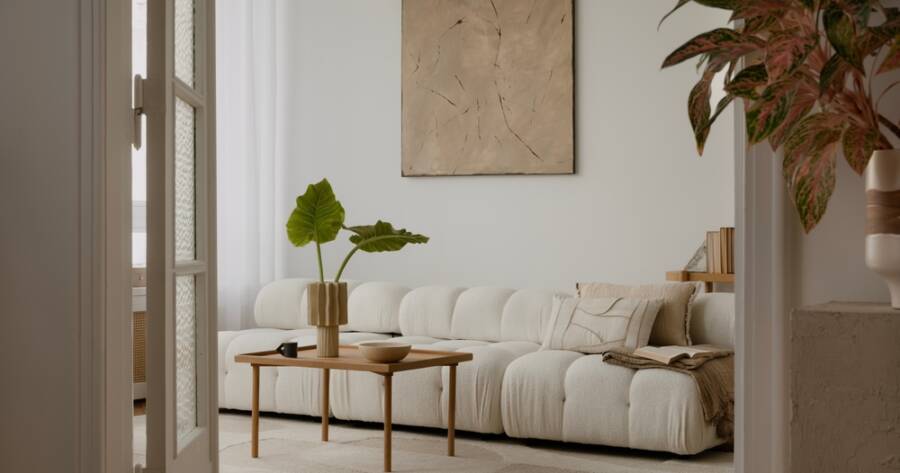Home is more than just a place—it’s a feeling. It’s where we start and end each day, where we seek refuge from the world, and where we express who we are. But beyond style and function, our living spaces have a profound impact on our mental and emotional well-being. The psychology of home is a fascinating intersection of environment and mind, showing how design elements can uplift, calm, energize, or even overwhelm us. Understanding how your home affects your mood is the first step toward creating a space that supports your overall health and happiness.
1. Color and Emotion: Painting with Purpose
Color psychology is a well-established concept in design. The hues that surround us evoke specific emotional responses, often on a subconscious level.
Cool tones like blues and greens tend to calm the mind, lower stress, and promote restfulness—ideal for bedrooms or bathrooms.
Warm tones like yellows and oranges bring energy, creativity, and warmth, making them great choices for kitchens or social spaces.
Neutral tones provide balance and flexibility, helping to reduce sensory overload and enhance a sense of stability.
Choosing your home’s color palette intentionally can enhance your mood and tailor each room to its function.
2. Light: The Natural Mood Booster
Light is one of the most important—and often overlooked—elements in how a space feels. Natural light improves sleep patterns, boosts vitamin D levels, and enhances serotonin production, contributing to better moods and reduced anxiety.
Rooms with large windows, skylights, or reflective surfaces help maximize daylight. For spaces with limited sun exposure, adding soft, warm artificial lighting can mimic natural effects. Layered lighting (ambient, task, and accent) ensures both function and mood enhancement.
Tip: Open up your window treatments during the day and strategically place mirrors to amplify light in darker areas.
3. Clutter and Mental Clarity
The state of your physical space often mirrors your internal state. A cluttered home can lead to increased feelings of stress, overwhelm, and anxiety, while a tidy, organized space promotes calm and focus.
Decluttering doesn’t mean going minimalist—it means creating visual breathing room. Every item in your home should serve a purpose or bring you joy. Simple organization systems, hidden storage, and regular editing of belongings help keep your space feeling light and livable.
4. Nature at Home: Biophilic Benefits
Bringing elements of nature indoors—also known as biophilic design—has been proven to reduce stress, lower blood pressure, and improve mood.
Houseplants not only purify the air but add vibrant life to a room.
Natural materials like wood, stone, and linen create a sensory connection to the outdoors.
Nature imagery in art or wallpaper can replicate these effects where real greenery isn’t practical.
Even small touches like a vase of fresh flowers or an open window with a view of greenery can make a significant emotional difference.
5. Personalization and Emotional Anchors
A house becomes a home when it reflects who you are. Personal touches—photos, meaningful art, travel souvenirs, or heirlooms—anchor us emotionally and tell the story of our lives.
These items create a sense of identity, comfort, and belonging, making us feel safer and more secure. Rooms that reflect your values and interests can also provide motivation and inspiration, especially in work-from-home setups or creative spaces.
Designing for Emotional Wellness
Your home is not just a container for your life—it’s an active participant in your mental and emotional health. From the colors on your walls to the organization of your shelves, every detail contributes to your daily experience of peace, joy, or stress.
By designing with psychology in mind, you can craft a space that doesn’t just look good—it feels good. And in a world full of chaos and noise, coming home to a place that nurtures your well-being might be the most powerful self-care decision you can make.

